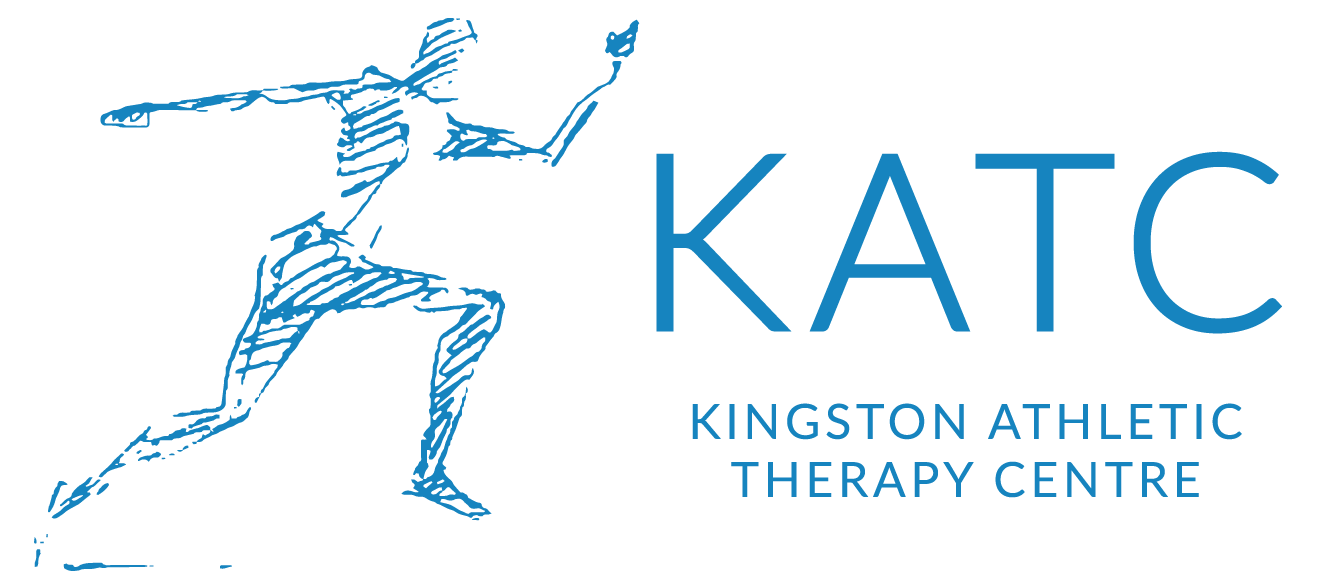Start Running, Keep Your Knees Healthy
Spring is here and we are all doing our best to keep to ourselves so there has never been a better time to get outside for a run!
Running is a natural exercise that almost anyone can do - it is relatively cheap, only shoes and comfortable clothes are required, and it can be done almost anywhere. Running is a fantastic way to increase your aerobic fitness, as well as strengthen the knee joint, and increase bone density in the lower extremities.
In addition to the physical benefits, studies show that running can often lead to improved sleep quality, as well as elevating your mood, and increasing cognition in all years of life. For those of you who want to run but never have or have tried and failed in the past, there is a simple solution. That solution is to start small, really small, so small it feels like you aren’t doing enough at first.
So often I see people take fitness as an all or nothing approach. They will go from not running to running 5km every day of the week. This is a sure way to burn out quickly as you will undoubtedly be very sore/achy, or worse injure yourself. So you may be asking yourself, how small do I start then? With many of my clients who want to taking running seriously I often start with a walk/run program. The program is relatively simple; you will be running/walking every other day.
So how do I get started?
You will start day 1 with 30 seconds of running followed by 4:30 min of walking, repeated six times. On day 2 you will rest. On rest days I still recommend you stretch or walk; this is called active rest. On day 3 you will increase the time for the running portion to 1 min running and 4 min walking. The goal is to repeat this pattern until you reach 30 minutes of continuous running.
Of course you don’t have to do it exactly like this, you can make it slower, only increasing 15 seconds per running day, or you could do it a little faster, the point is to ease yourself into it rather than just diving into the deep end.
Now that you know how to ease yourself into it, the key is to keep it up! Aerobic exercise is the fastest to detrain and requires the most constant work to maintain. Take the time to get good at running, if you do the program with the 30 second jumps it will only take you 45 days to complete. 45 days and you should be able to run for 30 minutes straight. Once you can do that it’s a matter of pushing yourself to achieve different goals.
You could strive to run longer, run a distance faster, or run further in 30 minutes. Whichever variable you choose, whether it is speed, distance, or time and push yourself at it. Even once you reach this stage the key is still slow consistent progress, 5km in 15 seconds less, 100m more in 30 minutes, these are good examples of slow consistent progress after the basic run/walk program.
Will I get injured?
One of the most common injuries among runners is knee pain. Pain when it comes to exercise often is a result of a lack of mobility, stability or strength. Of course these are not the only causes of knee pain, there are more serious medical conditions, but these 3 things are a good place to start when experiencing knee pain.
Mobility at the knee joint is most commonly restricted by tight quadriceps, hamstrings, hip flexor, and/or IT band. A really good stretch for the quads and hip flexors is the couch stretch. While in a lunged position, put one knee down and elevated your back foot o n a bench or couch, push your hips forward while maintaining an upright posture.
For hamstrings I prefer the leg lower. Start with a towel or band around one foot while seated on the ground. Lie back and raise both feet up with 100% straight legs, lower the leg not held by the towel to an inch or two above the ground and raise it back up. Repeat.-The muscle that acts on the IT band is called the TFL (tensor fascia latae),to impact this muscle a lacrosse ball works best, find a space on your wall, trap the lacrosse ball between the wall and your hip.
Apply pressure and make small movements. For stability the #1 thing when it comes to running is a strong gluteus medius. Easy ways to strengthen these are hip airplanes. Standing on one foot and your arms straight out to your sides, lift your floating leg up straight behind you keeping your leg and torso in line. If done properly they are an excellent way to strengthen the glute med. As far as strength goes squats, deadlifts and lunges a couple times a week is great, there is one exercise that is often overlooked that have long lasting effects to healthy knees.
This would be eccentric hamstring isolation work. These movements, where only the knee is flexing (bringing heel to butt), have been studied and are believed to produce less ACL tears in athletes if the concentrate on the eccentric or negative portion of the lift. Try incorporating some leg curls into your routine where you take about 5 seconds to ‘lower’ each rep.
Hopefully with this information on how to get started as well exercise suggestions to help troubleshoot common problems you are motivated to get out there and run!
